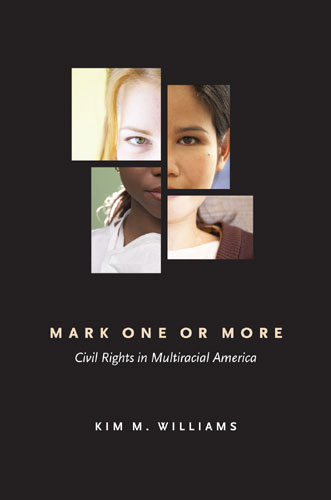A Practical Approach to Using Multiple-Race Response Data: A Bridging Method for Public-Use MicrodataPosted in Census/Demographics, Media Archive, Papers/Presentations, United States on 2009-10-06 19:21Z by Steven |
September 2006
Carolyn A. Liebler, Assistant Professor
Department of Sociology and Minnesota Population Center
University of Minnesota
Andrew Halpern-Manners
Department of Sociology and Minnesota Population Center
University of Minnesota
This project was begun while the first author was funded by “IPUMS-Redesign” (NIH GRANT R01-HD043392), Steven Ruggles, P.I. We thank John Robert Warren, Deborah D. Ingram, Elaine M. Hernandez, C. Matthew Snipp, and J. Trent Alexander for their helpful feedback and the Minnesota Population Center for its invaluable research support. Address comments to: Carolyn Liebler, Department of Sociology, 267 – 19th Ave. S., Minneapolis, MN 55455; e-mail: liebler@soc.umn.edu.
Revised federal policies require that multiple-race responses be allowed in all federal data collection efforts, but many researchers find the multitude of race categories and variables very difficult to use. Important comparability issues also interfere with using multiple-race data in analyses of multiple datasets and/or multiple points in time. These difficulties have, in effect, discouraged the use of the more nuanced new data on race. We present a practical method for incorporating multiple-race respondents into analyses that use public-use Microdata. We extend prior work by the National Center for Health Statistics (NCHS) in which they use multiple-race respondents’ preferred single race and other characteristics to develop a model predicting preferred single race (if forced to choose). In this paper, we apply the NCHS-generated regression coefficients to public-use Microdata with limited geographic information. We include documentation and dissemination tools for this practical and preferable method of including multiple-race respondents in analyses.
Read the entire paper here.

